What is Venous Thrombectomy?


What is Venous Thrombectomy?
A thrombectomy is a medical procedure designed to remove a blood clot from within a blood vessel. This procedure is essential for treating conditions where blood clots obstruct normal blood flow, including instances of deep vein thrombosis (DVT). A thrombectomy employs various techniques to extract or break down the clot, depending on its size and location. Most of the time this procedure is conducted through a minimally invasive approach with a small incision and tiny catheters.
Thrombectomy plays a vital role in preventing serious life-threatening complications associated with blood clots, including conditions like deep vein thrombosis (DVT) or pulmonary embolism. Blood thinners are effective in reducing the blood’s tendency to clot, however they are much slower at dissolving clots than a venous thrombectomy. In situations requiring a more immediate response, procedures like thrombectomy or thrombolysis are necessary, as they involve a more direct dissolution or removal of the clot.
Patients who experience persistent symptoms of vascular issues, such as blood clots, should consider scheduling a consultation with one of StrideCare’s expert physicians. With over 20 accessible locations across Texas, obtaining expert and comprehensive vascular care is now more convenient than ever.
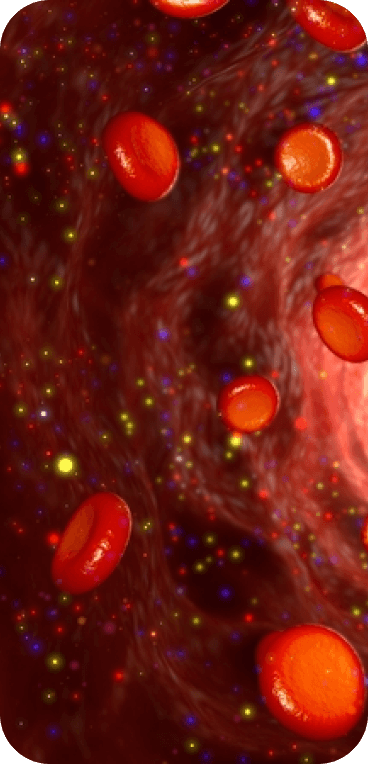
What are the Benefits of Thrombectomy"?

Minimally invasive procedure

Takes 2-3 hours to complete
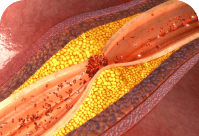
Immediate treatment where prompt removal of a clot is needed
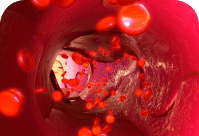
A customized approach for each patient based on the location of the clot
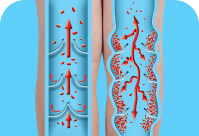
Highly effective in removing blood clots and restoring normal blood flow
What Can I Expect During My Thrombectomy Treatment?
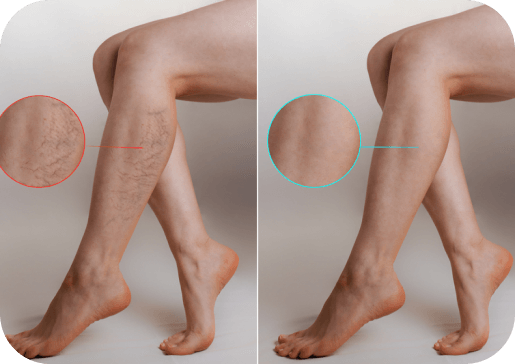
Thrombectomy involves a minimally invasive procedure to remove blood clots. The process begins with a vascular specialist making a small incision at the skin to insert a catheter into the clotted vein. Once the catheter is in place, a contrast dye is injected. This dye enhances visibility, enabling the specialist to obtain a clear image of the affected vein. With the enhanced imaging provided by the dye, the catheter is carefully threaded to the clot’s location to break it apart effectively for removal.
The success rate of venous thrombectomy in eliminating blood clots is very high. Following the procedure, patients are advised to refrain from strenuous activity and rest for up to six hours to support vascular healing. Post-surgery care typically involves wearing compression stockings and may include prescriptions for pain relief and antibiotics. In the days following the operation, staying well-hydrated is especially important as this helps flush the body of any remaining contrast dye.


What Other Artery Treatments are
Available at StrideCare?
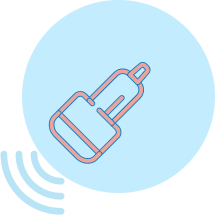
Diagnostic Venous Ultrasound
A non-invasive test that uses ultrasound technology to get a full view of the circulatory system.
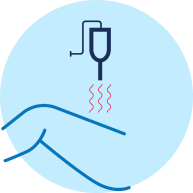
Radiofrequency Ablation
A varicose vein treatment option that uses pulsating radiofrequency energy to improve symptoms.

Varithena™ Microfoam Ablation
Treats both varicose and spider veins using a concentrated, injectable foam.
StrideCare
Patient Reviews



4.89 Average Online Review Score












StrideCare Leverages athenaOne to Enhance Financial and Operational Results, Improve Clinical Workflows
2 Min Read CASE STUDY: Transitioning all practices onto one united system gives StrideCare invaluable access to data
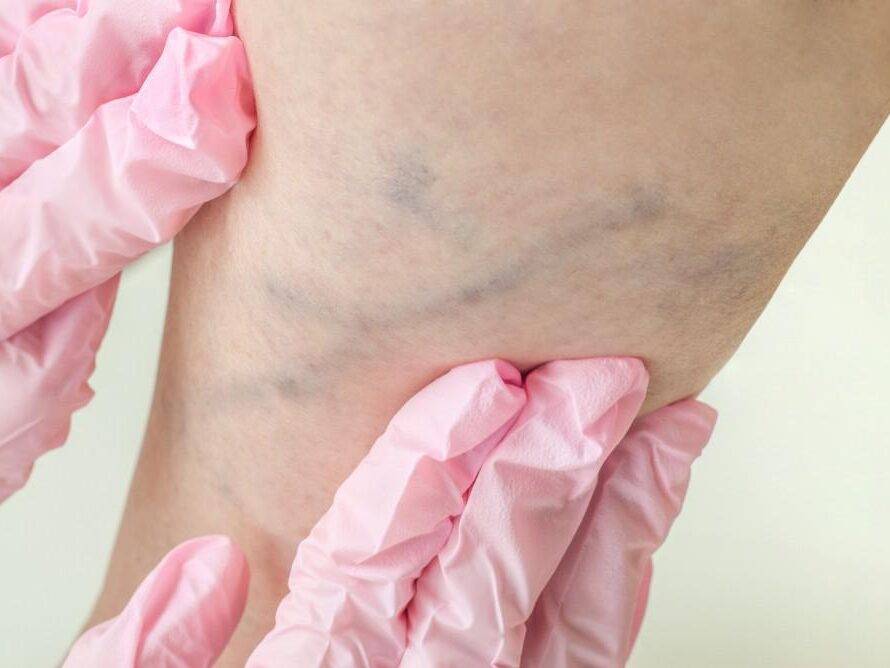
When are Varicose Veins More than Just a Cosmetic Concern?
2 Min Read Learn about varicose veins, prevention tips, and treatment options from StrideCare’s vein specialists in Texas.
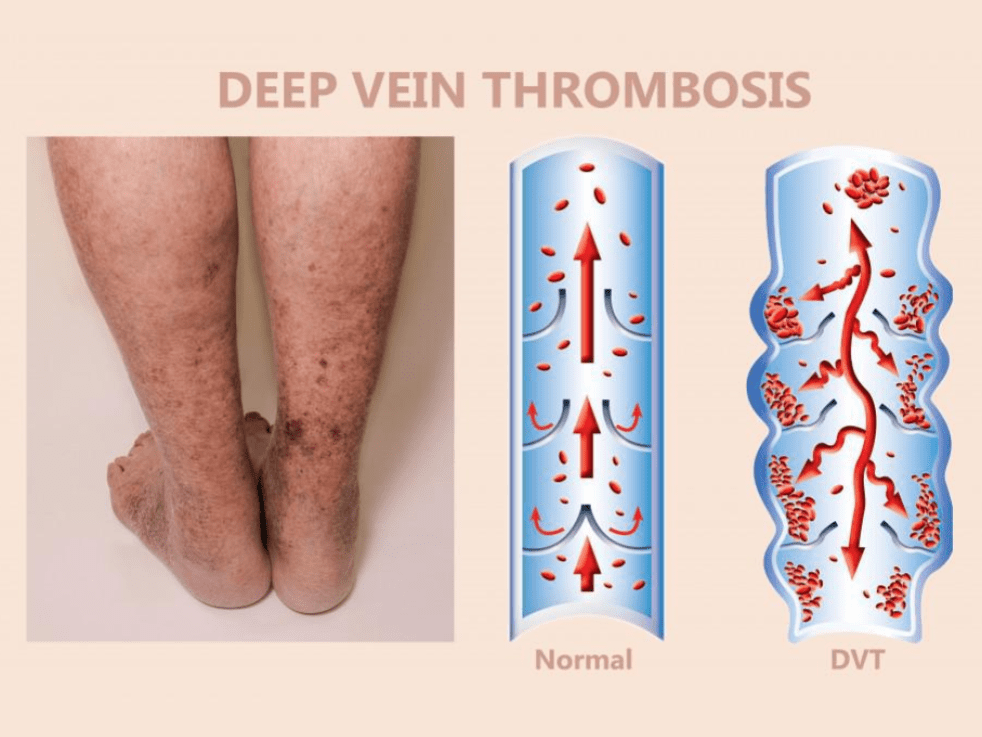
Puffy Legs are One of the First Signs of Deep Vein Thrombosis
3 Min Read Learn the symptoms of deep vein thrombosis (DVT) and seek immediate evaluation at StrideCare for expert care and treatment.


